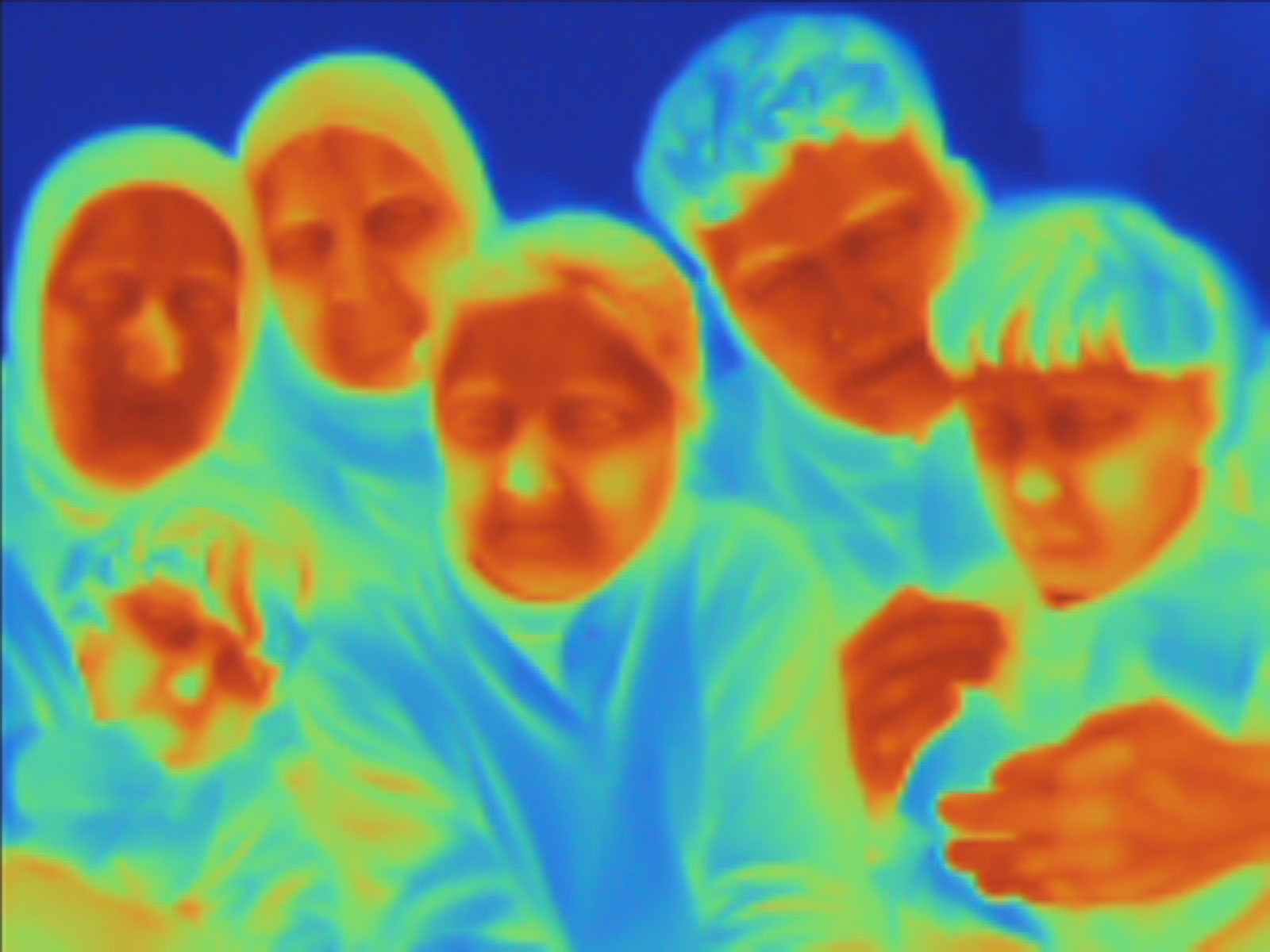
The war in Syria has created one of the largest refugee populations in the world, yet, four years after the start of the conflict, the humanitarian crisis fails to make headlines.
“The cavalcade of information and visual overload can lead to a sense of helplessness and a sort of compassion fatigue,” photographer Liam Maloney tells TIME. “We’ve seen so many pictures of the refugees, and it has this numbing effect on readers and viewers.”
The Canadian photographer began documenting conflict in 2006, when he visited Lebanon to cover the aftermath of the war between Israel and Hezbollah. “It was my first time in a country that had been affected by conflicts, and honestly I was shocked by what I saw,” he says.
When the war broke out in Syria, Lebanon became Maloney’s base to document the displacement of fleeing refugees. “In conflict, it’s always the civilians, [who] end up getting harmed the most,” he says.
But Maloney didn’t want to contribute to a pool of expected scenes of distress. Instead, he bought a thermal camera to the homes of refugees during this year’s record-breaking winter.
“Syrian civilians and particularly refugees have been stripped of their humanity, and this is something the thermal camera does as well,” says Maloney. The technology, widely used in military and industrial applications, reduces reality into a two-dimensional, tri-colored image, discernible only by the imprints made from heat emanating from the subject.
To avoid objectifying the refugees, whose faces are unrecognizable, Maloney made sure to attach real stories to the images — and the resulting photographs are agonizing. One image captures the contour of a 14-year-old boy who has lost one arm in a rocket strike in Syria. In another, a family of six is huddled tightly together in a leaky shack.
“The photos showed people reduced to something very basic that we all have in common,” Maloney says, “that is human body temperature.”
Liam Maloney is a Canadian documentary photographer and videographer. He has recently been selected for the Open Society Foundation’s Moving Walls 23 exhibition in New York in October 2015.
Ye Ming is a contributor to TIME LightBox. Follow her on Twitter and Instagram.
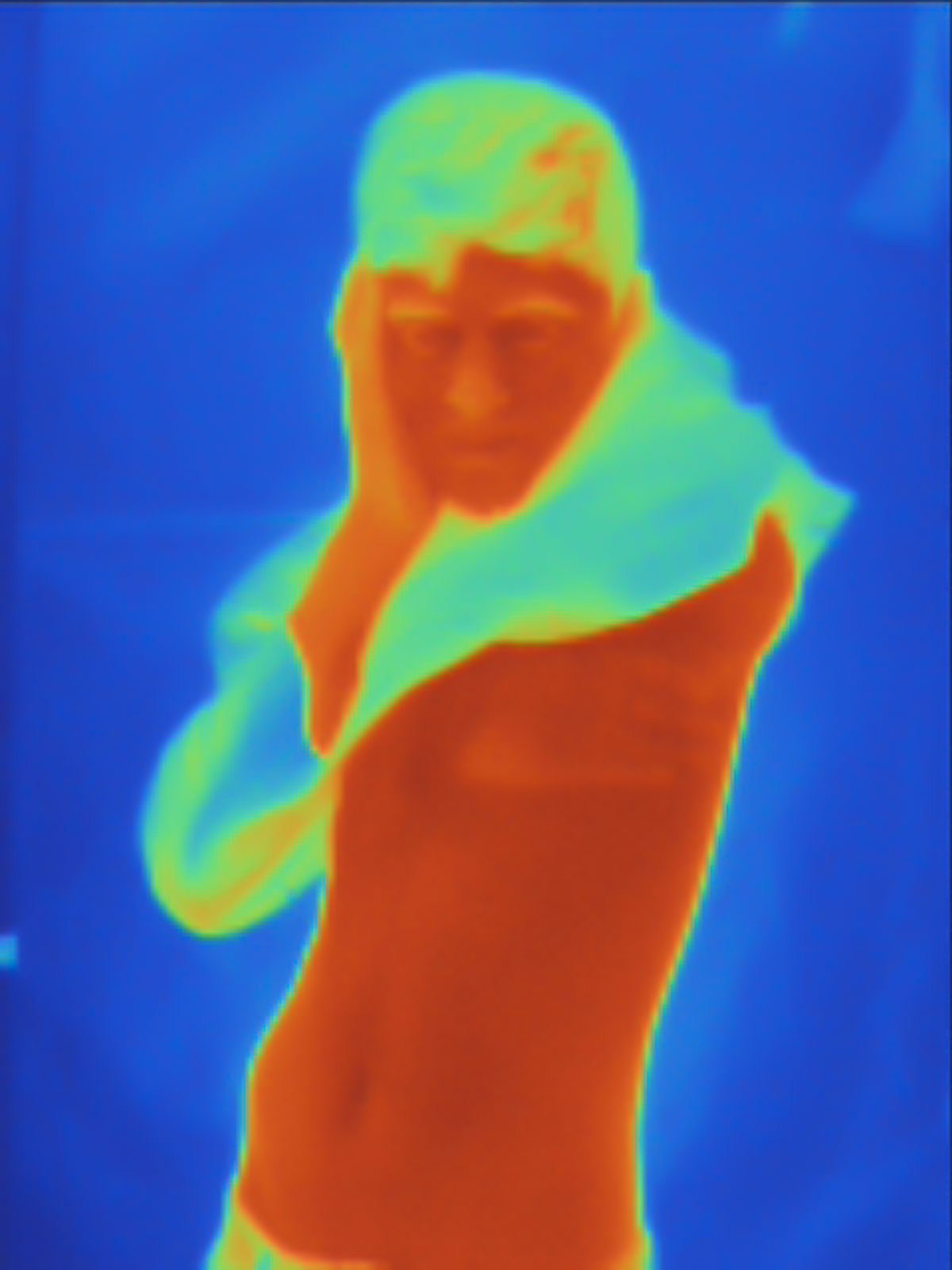
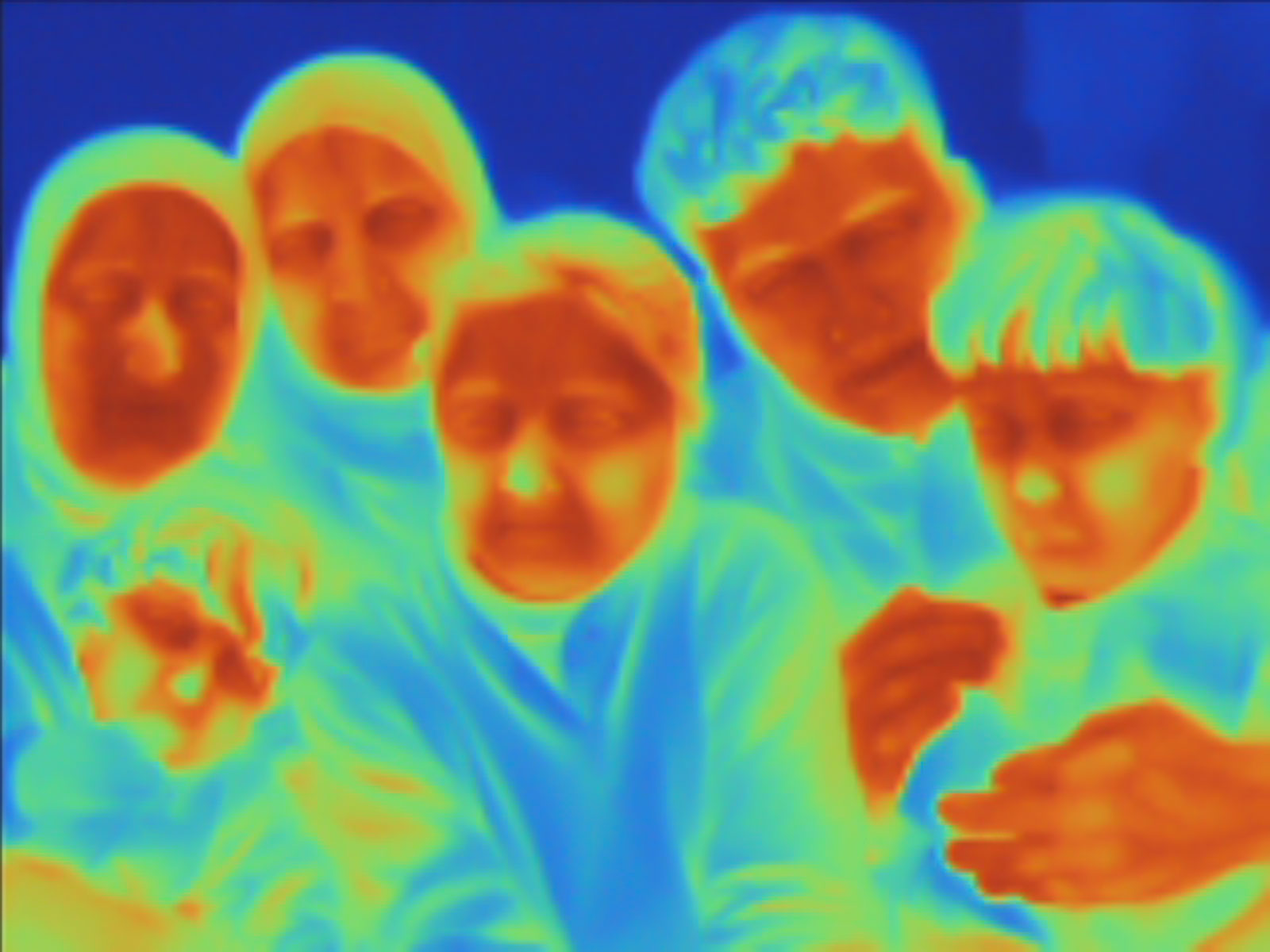
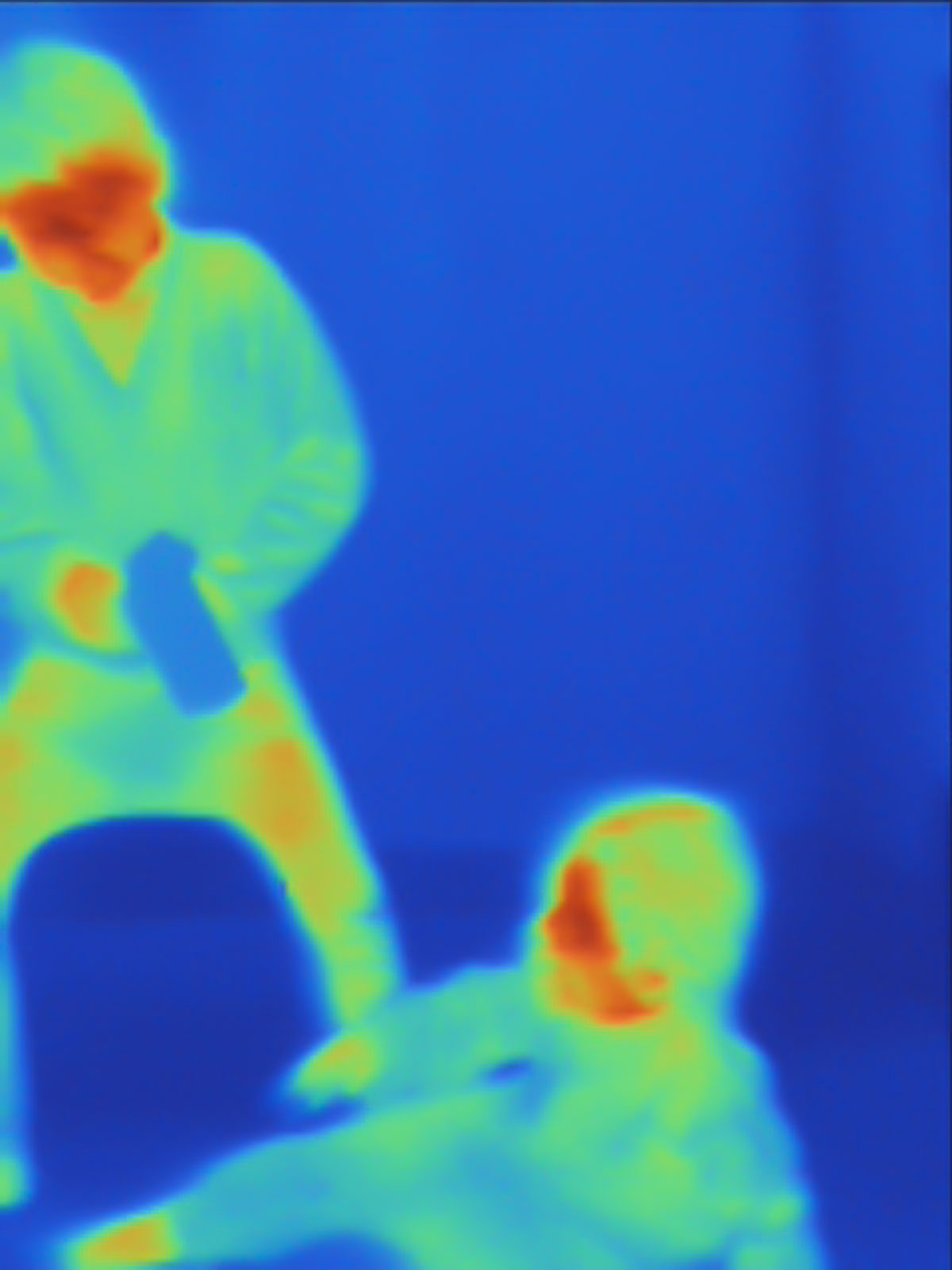
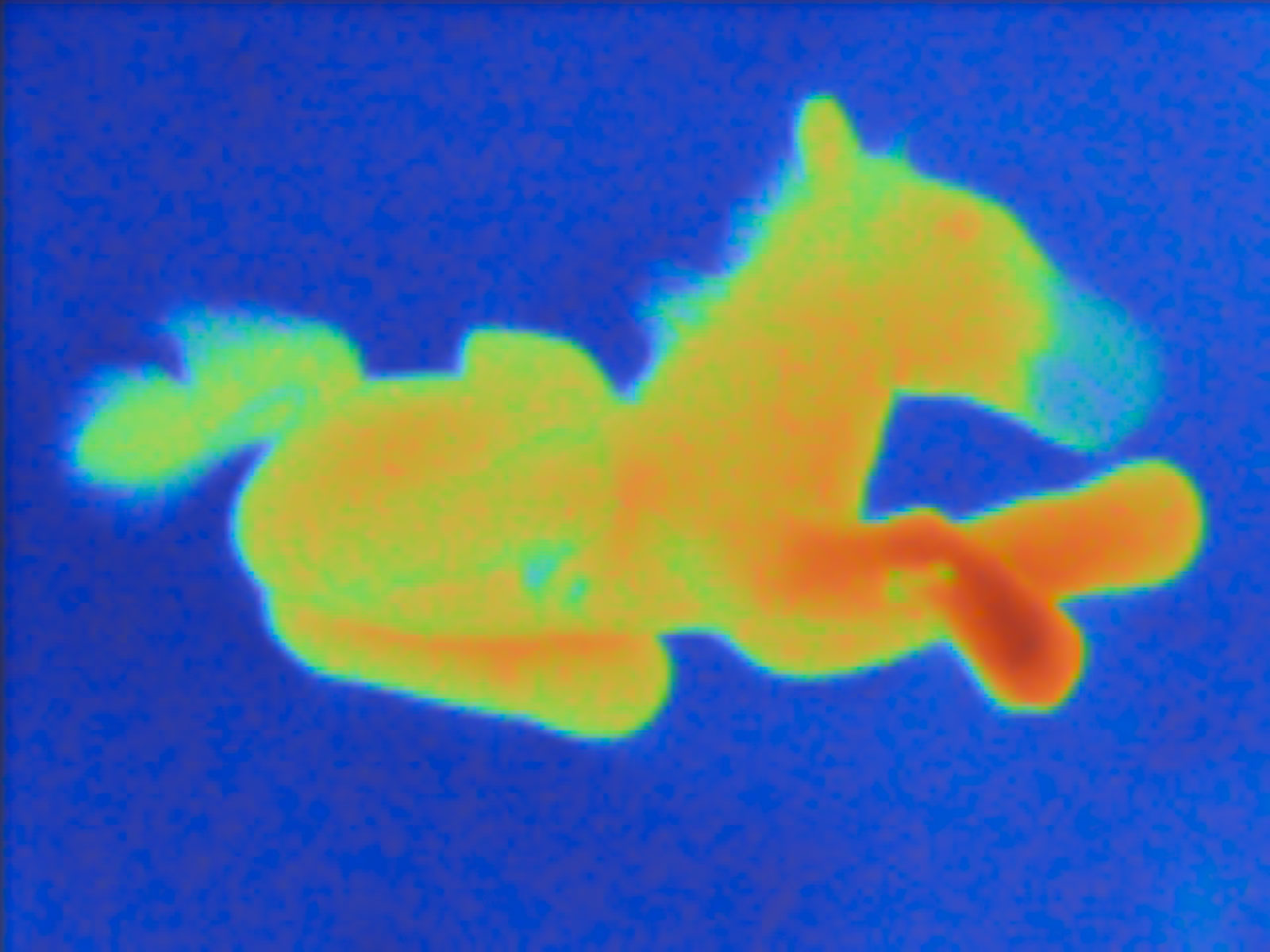
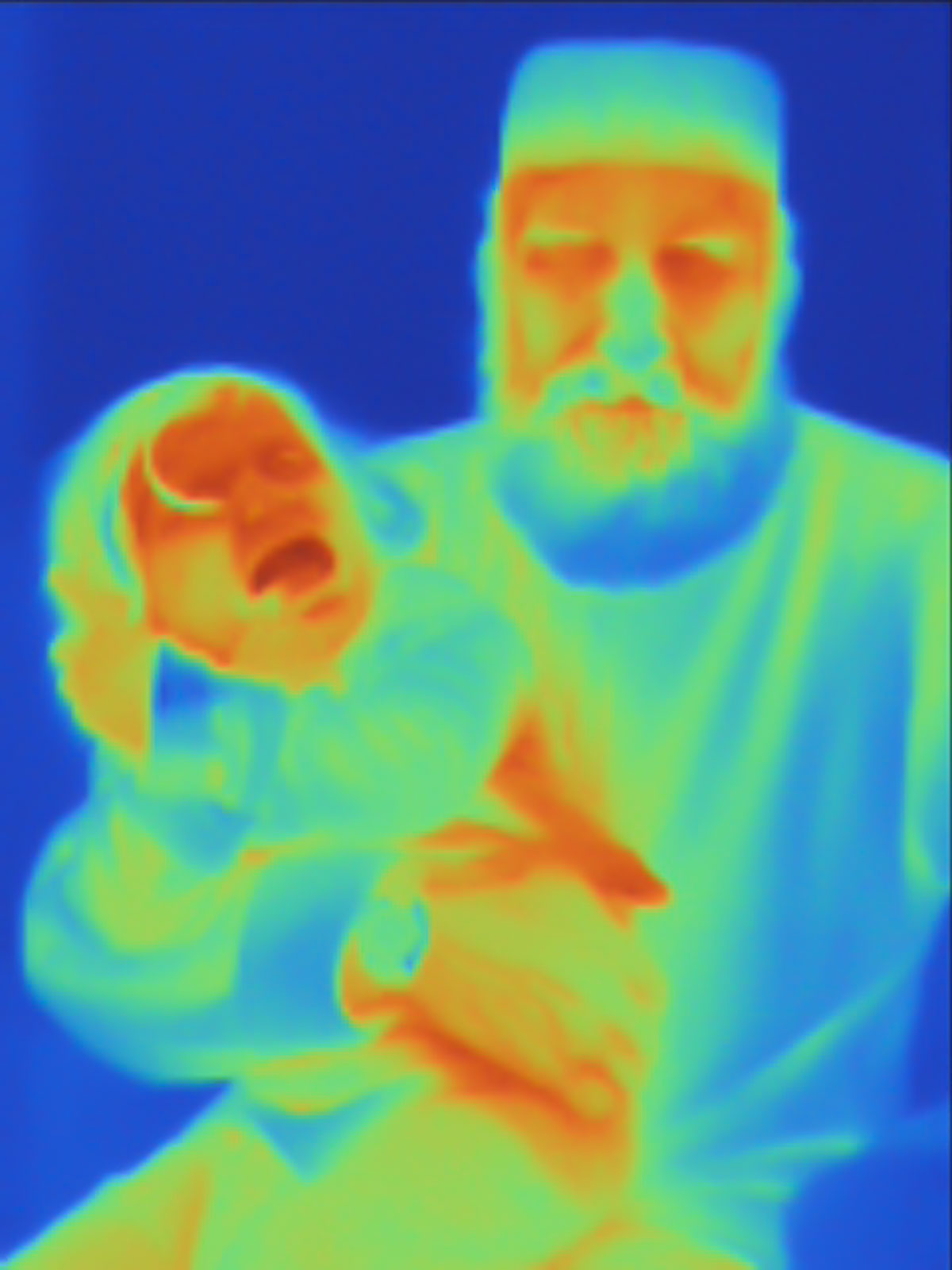
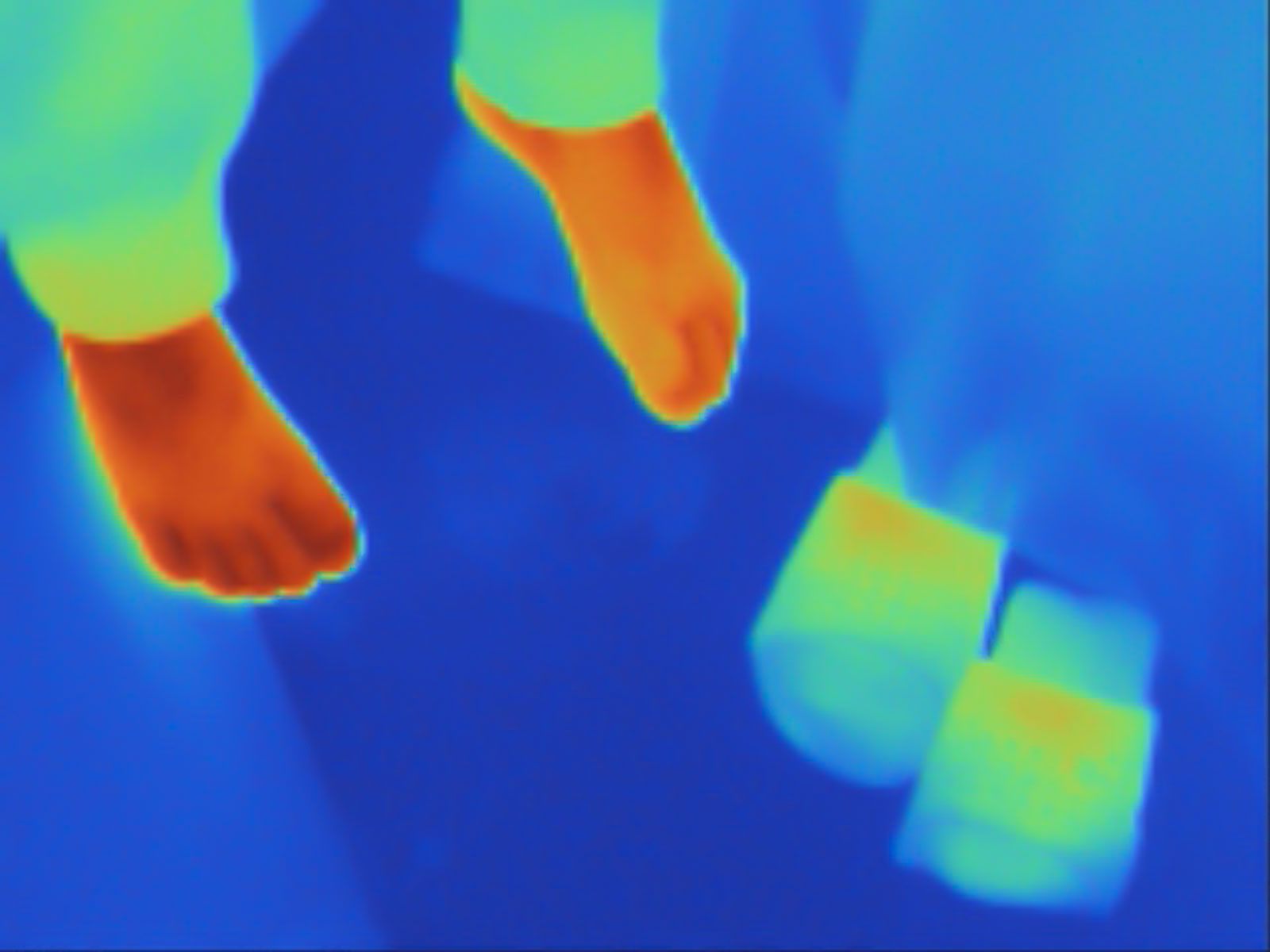
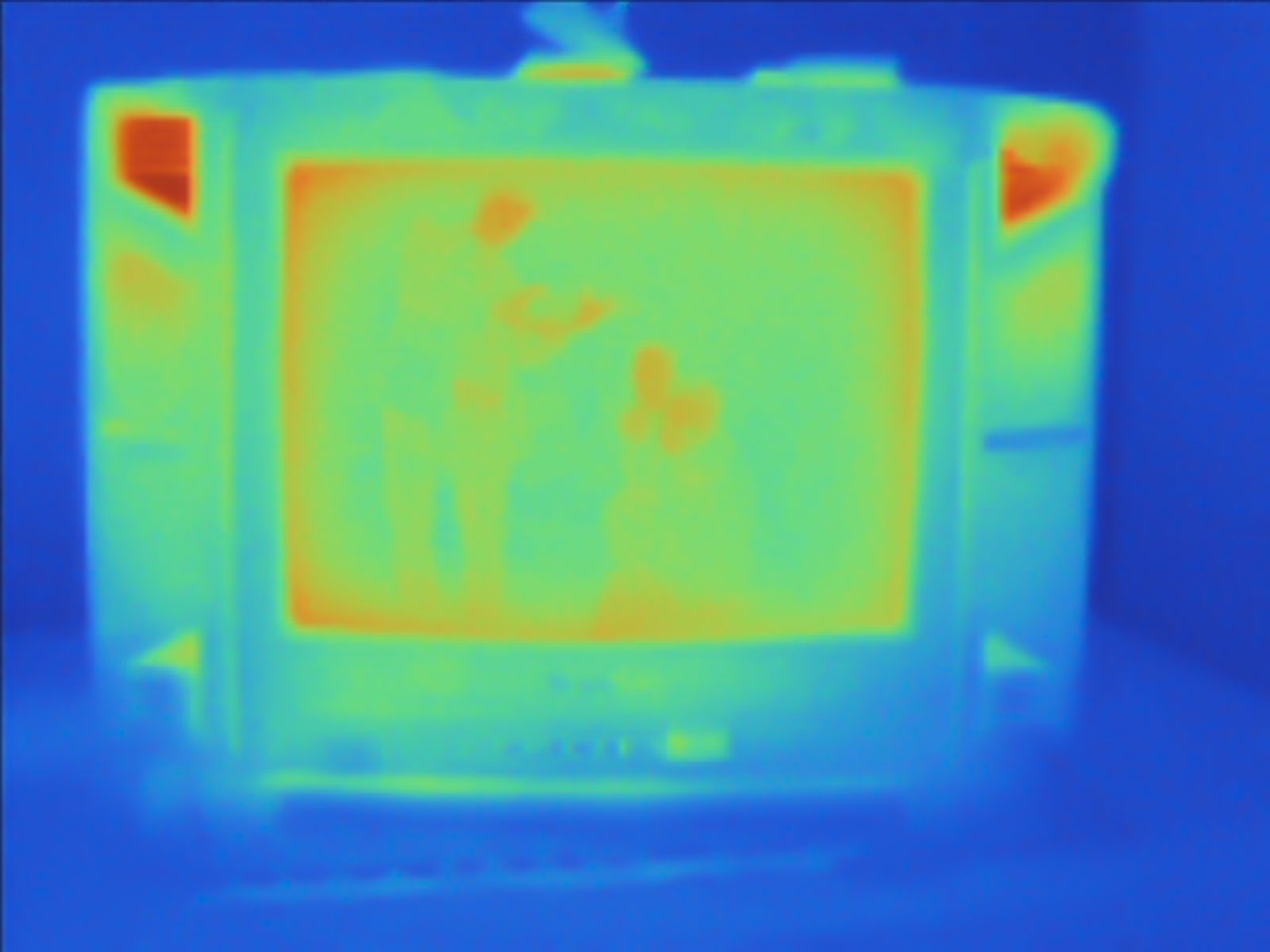
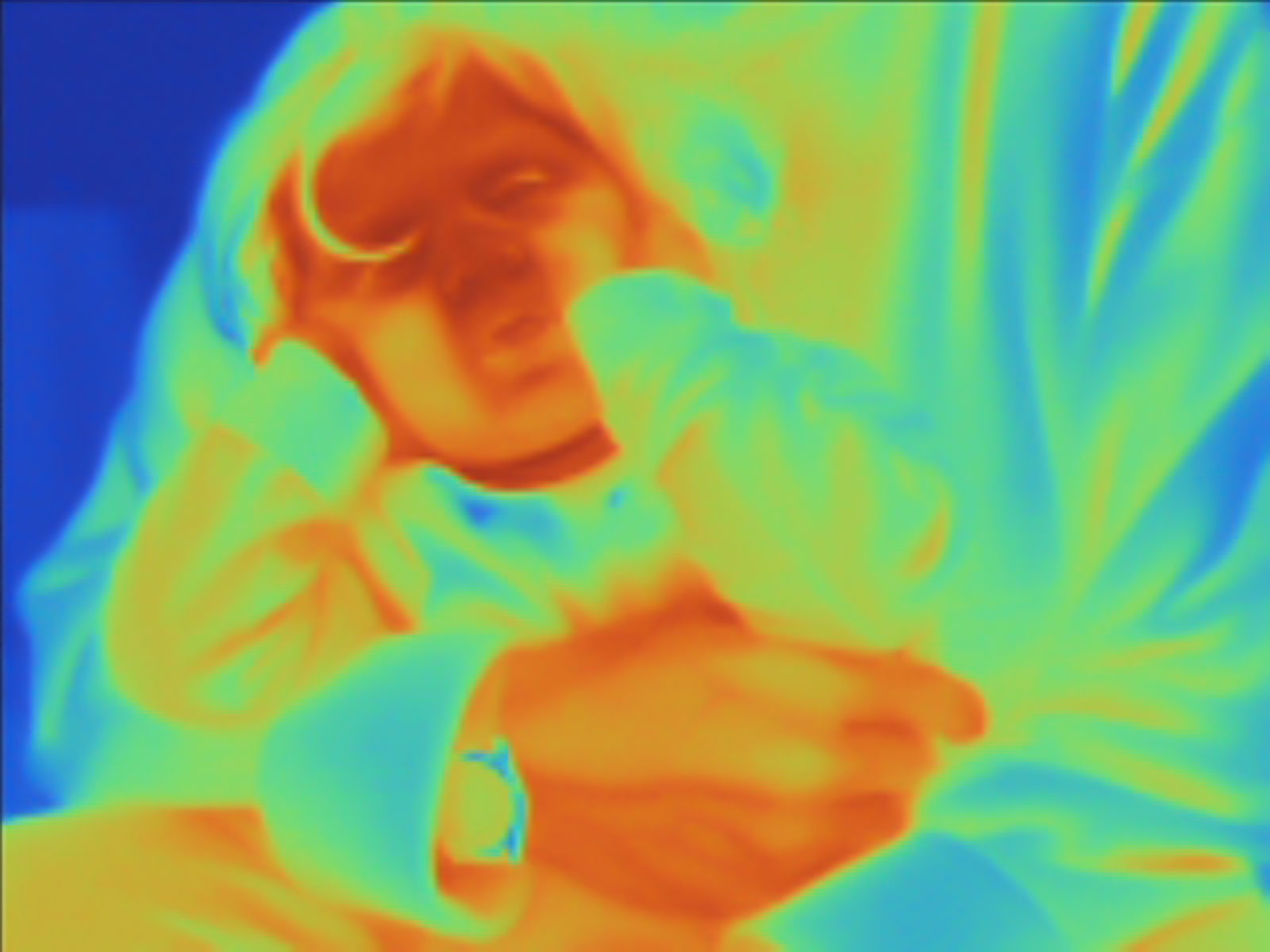
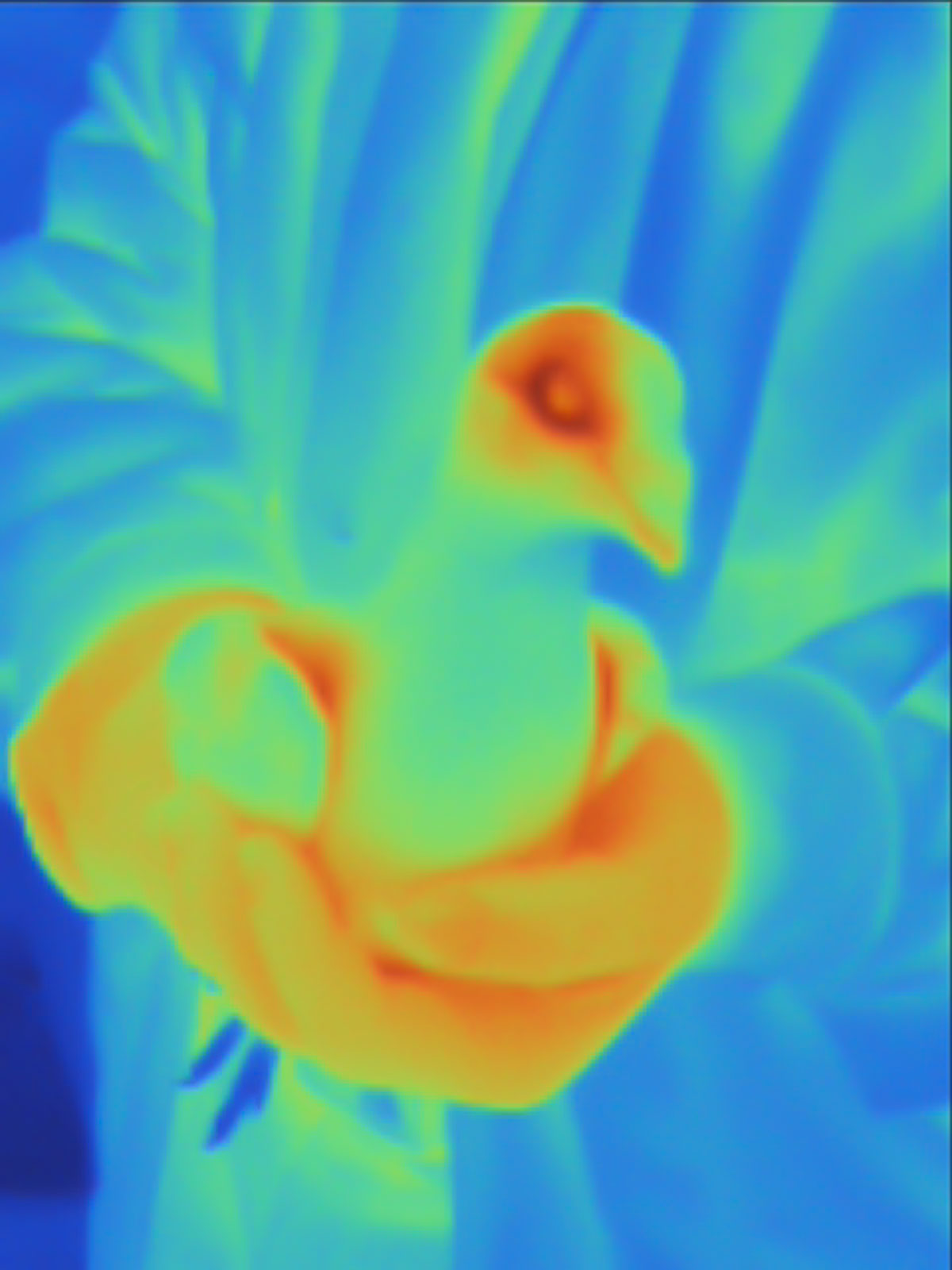
More Must-Reads from TIME
- Donald Trump Is TIME's 2024 Person of the Year
- TIME’s Top 10 Photos of 2024
- Why Gen Z Is Drinking Less
- The Best Movies About Cooking
- Why Is Anxiety Worse at Night?
- A Head-to-Toe Guide to Treating Dry Skin
- Why Street Cats Are Taking Over Urban Neighborhoods
- Column: Jimmy Carter’s Global Legacy Was Moral Clarity
Contact us at letters@time.com